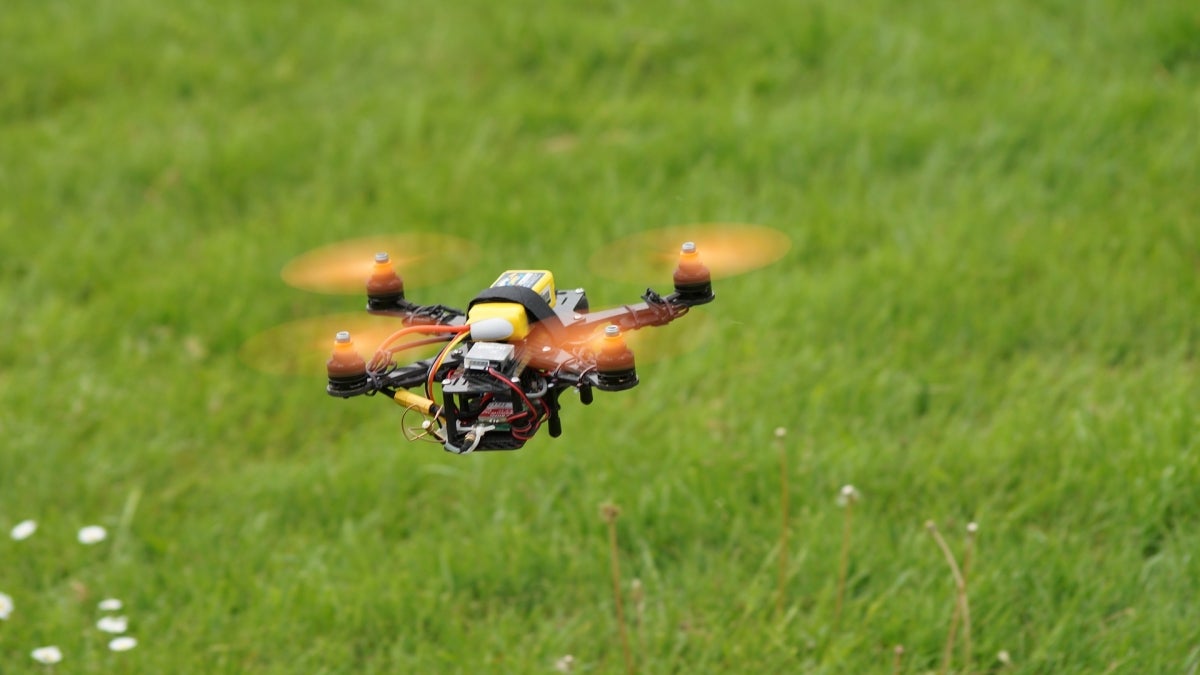ASU professor on what the FAA's new drone rules could mean for the future of our skies

The Federal Aviation Administration released new rules regulating commercial drone use last week. Though many of these rules don't apply to the general drone hobbyist, they show a way forward for major companies to start using drones to increase their profits.
David Swindell, director of ASU's Center of Urban Innovation and a professor in the School of Public Affairs, has been studying public policy for years, and talks about what this could mean for the future of our skies.
Question: What are the new rules the FAA put out? Does this mean anything for hobby users?
Answer: The new rules legalize the initial usage of commercial drones, so nothing has changed for enthusiasts with quadcopters. The new rules are a continued roll out of updated regulations that began last year, as required by Congress a few years ago. The FAA is a bit behind but are working on catching up. Before yesterday, only recreational drone usage was allowed, and even that had seen new regulations rolled out over the past nine months. These new rules:
- Require a written test for certification, though not a full-fledged FAA pilot's license
- Limit the drone weight, including payload and equipment, to 55 pounds
- Establish a 100 mph speed limit and a ceiling of 400 feet
- Prohibits flying over non-involved people
- Requires line of sight
The industry isn’t happy about that last one, which is the most limiting rule, but it’s temporary. New regulations will probably be released early next year to phase in autonomous flight.
David Swindell
Q: What are your predictions on how this will affect the commercial drone economy?
A: This is not the opening up of city airspace that many have been worried about, mainly because of the line-of-sight requirement. As that limitation is eased in the next year, that is when you will see many more commercial drones taking to the skies. This will be particularly pronounced in cities where there are more businesses and customers. So this is really only another interim step and is not the panacea for the commercial drone economy … yet.
Q: Is there any role for local governments to play here?
A: Yes, another aspect of this is the role of state and local governments now that the FAA has come out claiming jurisdiction over airspace all the way to the ground. This is not consistent with previous court cases and will need to be resolved because state and local governments are responsible for law enforcement, which is a major player in the drone-usage policy area but are not included in the FAA regulations. So there are jurisdictional issues still to resolve.
More Science and technology

ASU postdoctoral researcher leads initiative to support graduate student mental health
Olivia Davis had firsthand experience with anxiety and OCD before she entered grad school. Then, during the pandemic and as a…

ASU graduate student researching interplay between family dynamics, ADHD
The symptoms of attention deficit hyperactivity disorder (ADHD) — which include daydreaming, making careless mistakes or taking…

Will this antibiotic work? ASU scientists develop rapid bacterial tests
Bacteria multiply at an astonishing rate, sometimes doubling in number in under four minutes. Imagine a doctor faced with a…
